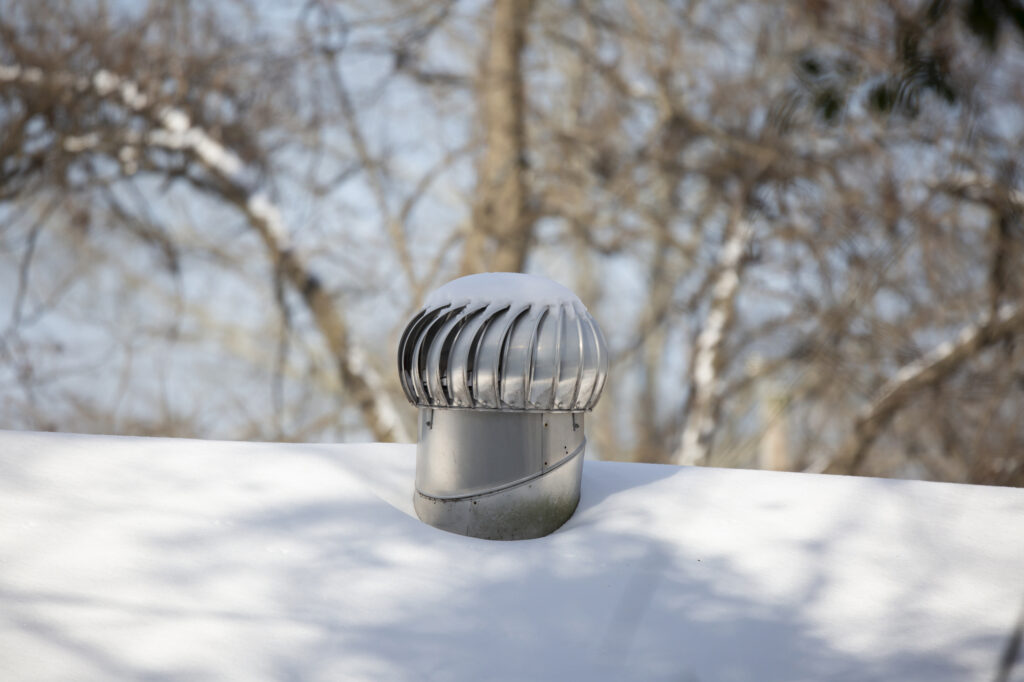Many people already rely on wind to ventilate their homes, whenever they simply open their windows. As shared at Energy.gov, the number of windows and the layout of the space further contribute to how air circulates. Roof ventilation works similarly. To optimize their ventilation benefits, homes may employ a single whirlybird vent or multiple in combination with other types of roof ventilation. For the most effective and advantageous approach to your home’s ventilation, an expert roofing and ventilation specialist near you, like Ranch Roofing, can customize the ideal ventilation system for your home.
Whirlybird Vents at Work
To improve a home’s overall air quality, help manage temperature and moisture within the building, and support the lifespan of its roof, some ventilation options leverage natural resources like solar energy, while others use electricity to power their operations. Whirlybird vents, also known as roof turbines or turbine vents, are a wind-powered roof ventilation feature. By design, the spinning fins inside the domed cylinder of this vent are rotated by wind, which creates a vacuum that removes stale, hot, and often humid air from the home. As one possible part of a home’s comprehensive ventilation system, the whirlybird vent serves a vital function that benefits both the structural integrity of the building and the well-being of its occupants.
Why Choose a Whirlybird Vent?
Just as cross ventilation and a greater number of windows throughout the home can increase the airflow through it, your climate, roof design and material, and building size impact the vent selection and combination that will work best for you. Here are some reasons why a whirlybird vent may be a good choice for your wallet and the environment both inside and outside of the home:
Financial Advantages
- This type of vent doesn’t have to depend on electricity to function. Consequently, air can be circulated or temperatures can be better managed without adding dollars to the monthly energy bill.
- Additionally, whirlybird vents are relatively easy to install, which means less hands-on work and associated costs. They are also a low-maintenance ventilation option. Consequently, homeowners may enjoy the benefits of improved ventilation without worrying about regular service expenses.
- Effective ventilation also helps preserve your roofing installation. Whether you live in an area where ice dams are a concern, like Ranch Roofing’s New England service area, or a location where there is more consistent heat and humidity, a number of problems can stem from poor ventilation. For example, according to Cornell University College of Agriculture and Life Sciences, moisture accumulation can cause damage to support beams and insulation, decrease the longevity of your roof, and invite unwanted and destructive pests into your home, like termites and carpenter ants.
Environmental Benefits
- Caring for your roof by installing ventilation helps ensure that it retains its structural integrity. In addition to fulfilling this fundamental aspect of home safety, roof vents like whirlybird vents contribute to a healthy environment within the home by helping to prevent mold and mildew from growing. Not only can this growth harm various materials used in the home’s construction but its presence can also prompt allergic reactions and respiratory issues for the home’s residents.
- Ventilation also makes the environment of the home more pleasant overall. It helps keep areas cool in the heat of the summer and is generally more consistent and regulated throughout the year.
- Since whirlybird vents use wind power, they are a more eco-friendly option that can help reduce the overall carbon emissions of daily home operations.
Tips for Maintaining Whirlybird Vents (and Many Other Roof Vents!)
To support the longevity and optimal functioning of whirlybird vents, two primary maintenance tips help with their longevity.
- Take a stroll around your property. Check to make sure that your whirlybird vent or any other roof vents look like they should and are not impeded by debris, like leaves or fallen branches. If you spot a potential issue, reach out to your local roofing expert.
- Listen for your vents. While enjoying your front porch swing or checking “weeding the flower beds” off of your to-do list, your whirlybird vents shouldn’t be providing notable background music to your pursuits. If you do hear excessive noise from the area in which a vent is located, contact your trusted roof and ventilation repair providers so that they can assess the concern.
If you are looking for greater energy efficiency, improved air quality and circulation, or a longer lifespan for your new roof, contact the experts at Ranch Roofing today. Our team is happy to consult with you about whirlybird vents and other ventilation options, the right roofing material for you, skylight installations and more! For a free estimate on upcoming service or to collaborate with us on other home improvements, tell us about your roofing needs, so that we can get started on your upcoming project!
